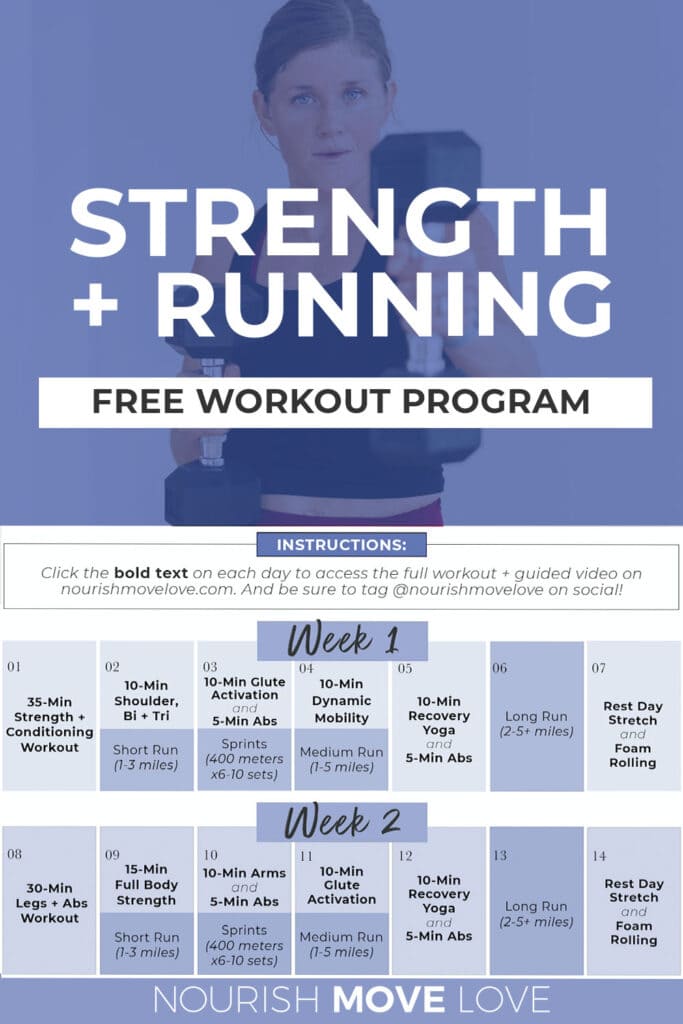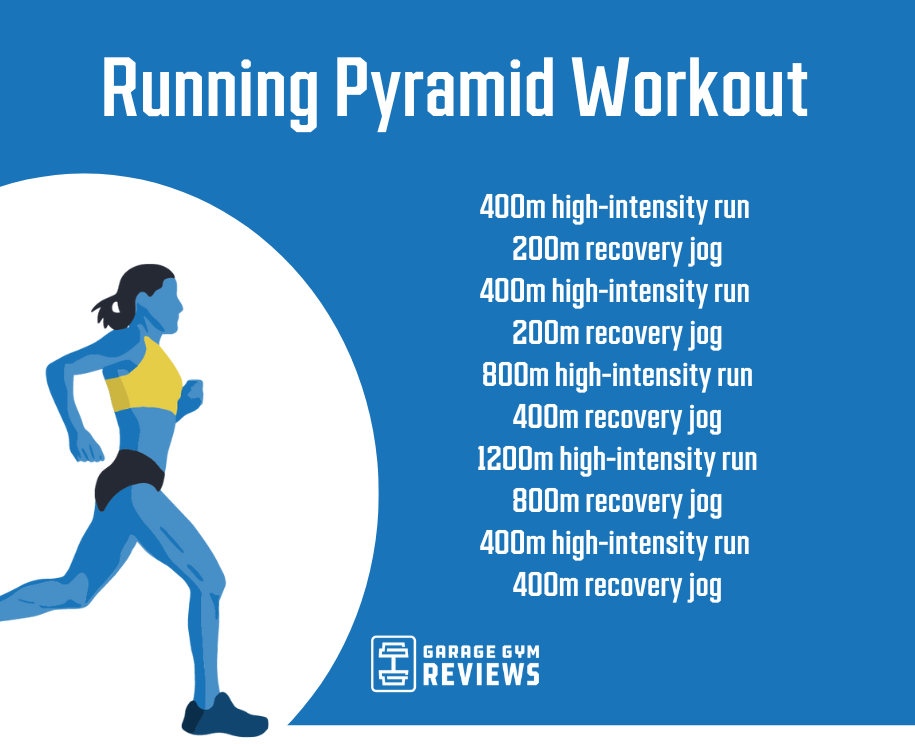Running Workout Techniques: Strategies to Improve Endurance and Speed
The Ultimate Overview to Dealing With Discomfort When Running
For runners, experiencing discomfort throughout runs is not uncommon, and understanding just how to successfully handle and stop it can make a substantial distinction in your overall performance and enjoyment of the sport. Whether you are an experienced marathoner or just starting your running journey, comprehending the numerous kinds of pain that can develop and the strategies to address them is crucial. From pre-run workout routines to appropriate shoes selection, there are various elements to take into consideration when it comes to taking care of discomfort while running. This detailed guide will certainly outfit you with the knowledge and devices necessary to navigate with the discomfort and empower you to accomplish your running goals with better ease.

Comprehending Different Types of Running Discomfort
When running, it is important to identify between various kinds of pain to stop injuries and maximize efficiency (Read More). One common type of discomfort that joggers might experience is muscle mass discomfort, which normally arises from the anxiety placed on muscular tissues during workout. This sort of discomfort is commonly a regular component of the running process and can be taken care of via proper workout, cool-down, and extending routines
An additional kind of discomfort to be knowledgeable about is joint pain. Joint pain can show problems such as overuse, incorrect kind, or underlying problems like joint inflammation. Disregarding joint pain can lead to a lot more severe injuries, so it is essential to deal with any type of discomfort immediately and potentially look for specialist guidance.
In addition, sharp or stabbing pains need to not be overlooked. These types of discomfort can signify acute injuries such as stress, strains, or tension cracks - running strategy. Remaining to go through these types of discomfort can aggravate the injury and prolong recovery time

Pre-Run Workout and Extending Regular
To prepare the body for a running session, executing an effective pre-run warm-up and extending regular is crucial. A proper warm-up aids enhance blood circulation to the muscle mass, enhances flexibility, and minimizes the danger of injury during the run. Start with dynamic stretches like leg swings, arm circles, and high knees to slowly raise your heart price and loosen up the muscles. Dynamic stretching helps mimic the motions you'll be doing while running, preparing your body for the task in advance. Follow this with static stretches concentrating on significant muscle groups such as the hamstrings, quadriceps, calves, and glutes. Hold each stretch for about 15-30 seconds without bouncing to advertise muscle mass relaxation and flexibility. Bear in mind to pay attention to your body and adjust the intensity of your workout based upon your physical fitness level and any kind of pre-existing problems. By incorporating a consistent pre-run workout and extending routine into your running program, you can optimize efficiency and minimize the threat of discomfort or injury.
Appropriate Shoes Selection and Fit
Choosing ideal shoes that fits well is important for joggers to avoid pain and decrease the threat of injuries. Uncomfortable footwear can cause sores, black toe nails, shin splints, and other uncomfortable problems that can prevent efficiency and sideline training. When choosing running shoes, it is vital to take into consideration aspects such as foot kind, running stride, arch support, padding, and shoe dimension. running workout. Checking out a specialized running shop for a stride analysis and expert installation can help guarantee that you choose the right footwear for your individual demands. Running shoes need to supply appropriate support and stability while additionally fitting and light-weight. In addition, it is advised to change your running footwear every 300-500 miles to preserve correct cushioning and assistance. Investing in top notch shoes that is ideal for your running design and foot makeup is an aggressive step in the direction of stopping discomfort and injuries during your runs.
Nourishment and Hydration Tips for Pain Prevention

Hydration is equally critical for runners to stay clear of pains, dehydration, and other discomforts that can bring about discomfort throughout running. It is suggested to consume alcohol an appropriate quantity of water throughout the day and especially previously, during, and after running sessions. Electrolyte-rich drinks or sports beverages can likewise be beneficial for replenishing lost minerals and keeping correct liquid balance. running workout (Read More). By focusing on nutrition and hydration, joggers can improve their efficiency, reduce discomfort, and take pleasure in a more comfy running experience.
Post-Run Recuperation Techniques to Relieve Discomfort
Implementing efficient recuperation methods is important for alleviating pain and advertising muscle recovery after running sessions. One essential post-run healing method is stretching. Integrating fixed stretches for significant muscle mass teams can assist lower muscle stress and pain. site Foam rolling is another useful method to launch muscular tissue rigidity and improve blood flow to the muscles, aiding in quicker healing. Furthermore, topping sore locations for 15-20 minutes can assist minimize swelling and numb discomfort post-run.
Moistening effectively post-run is vital for restoring liquids lost during exercise and assisting in muscular tissue recovery. Eating a well balanced treat or dish that includes protein and carbohydrates within half an hour of ending up a run can aid fix muscle tissue and replenish energy shops. Furthermore, obtaining adequate remainder is crucial for allowing the body to repair and strengthen muscle mass. Integrating active healing activities such as light walking or swimming can likewise help promote blood flow and reduce muscular tissue rigidity - Read More. By integrating these post-run healing techniques into your routine, you can efficiently handle discomfort and enhance your running efficiency.
Verdict
Finally, dealing with different kinds of running discomfort with appropriate warm-up, stretching, shoes option, nourishment, hydration, and post-run recuperation strategies is crucial for discomfort prevention and monitoring. By recognizing the root causes of discomfort and implementing these techniques, runners can decrease discomfort and possible injuries. It is critical to prioritize overall physical health and health to make sure a successful and enjoyable running experience.